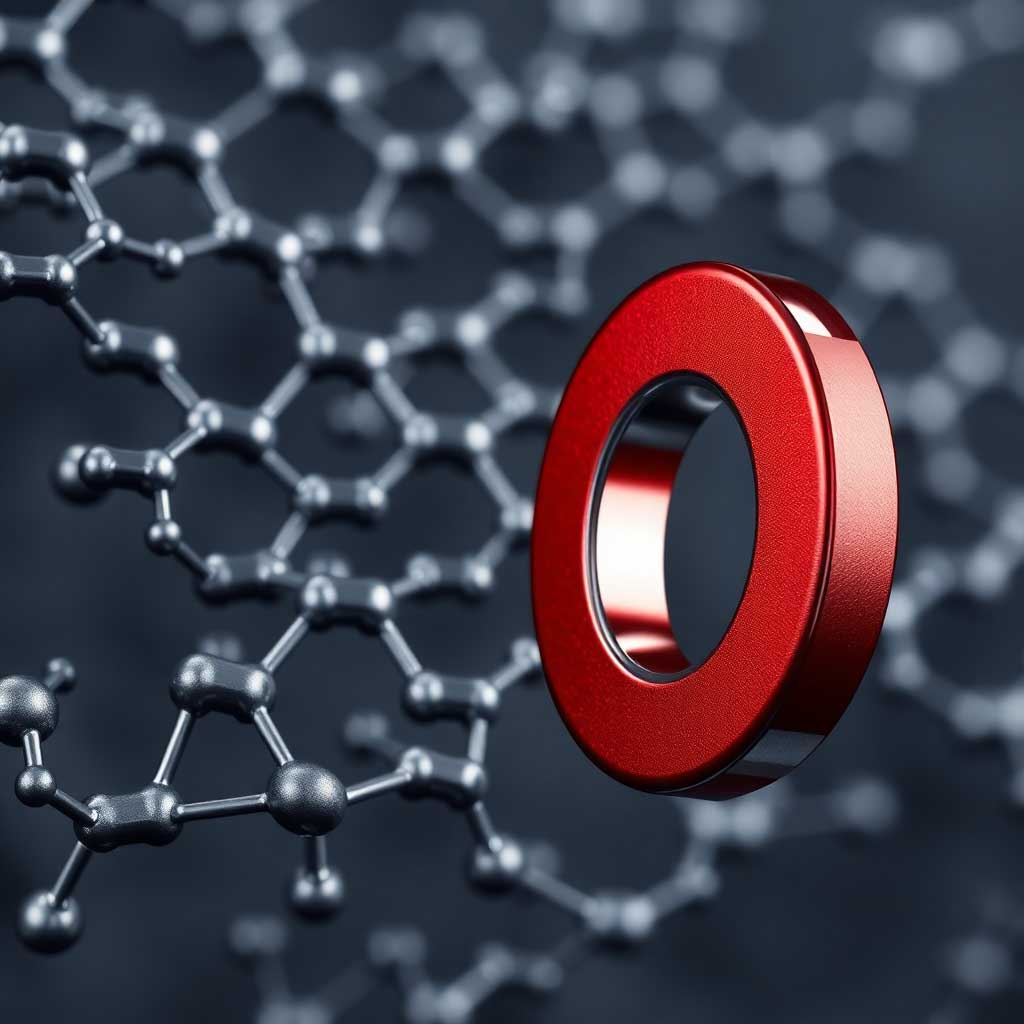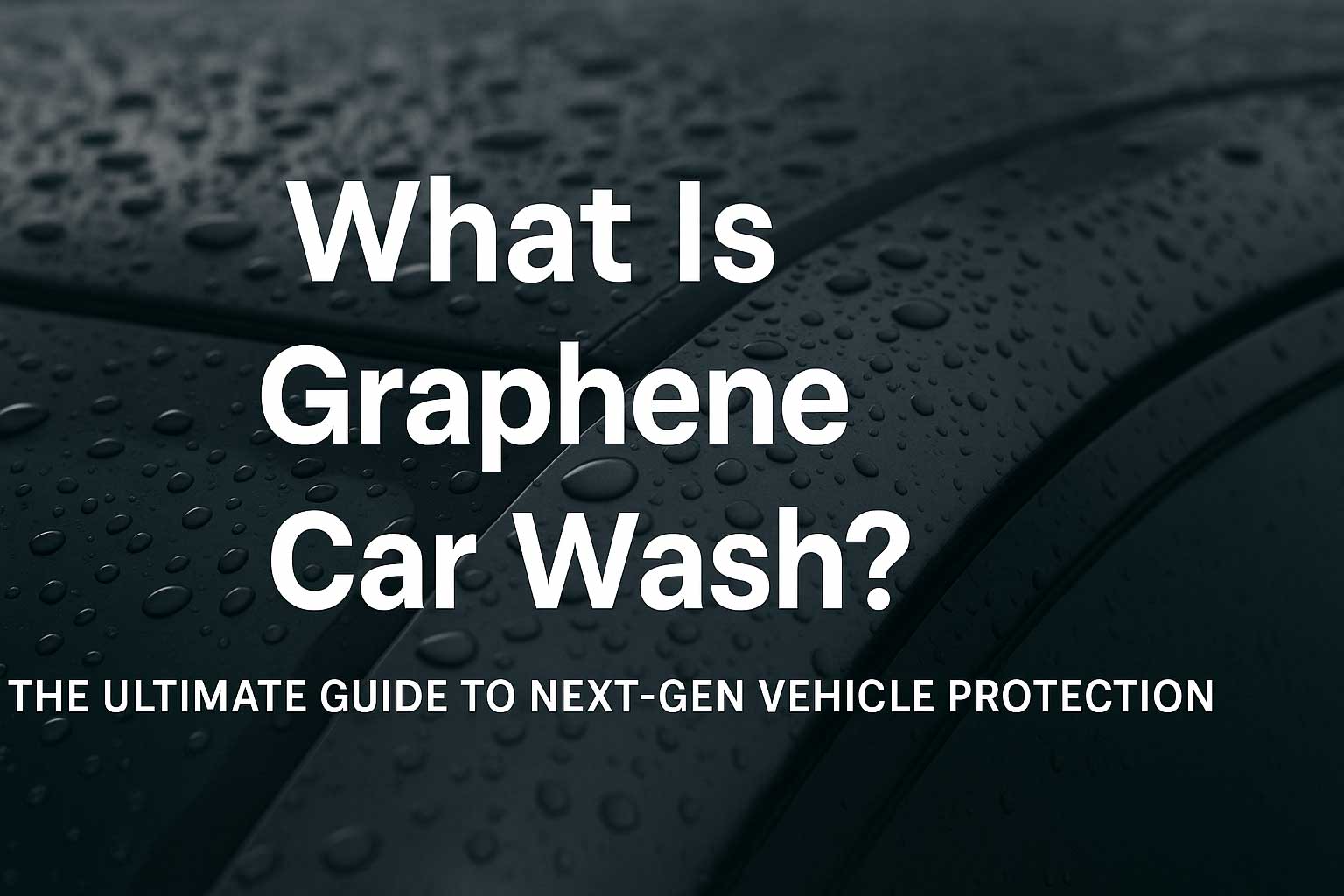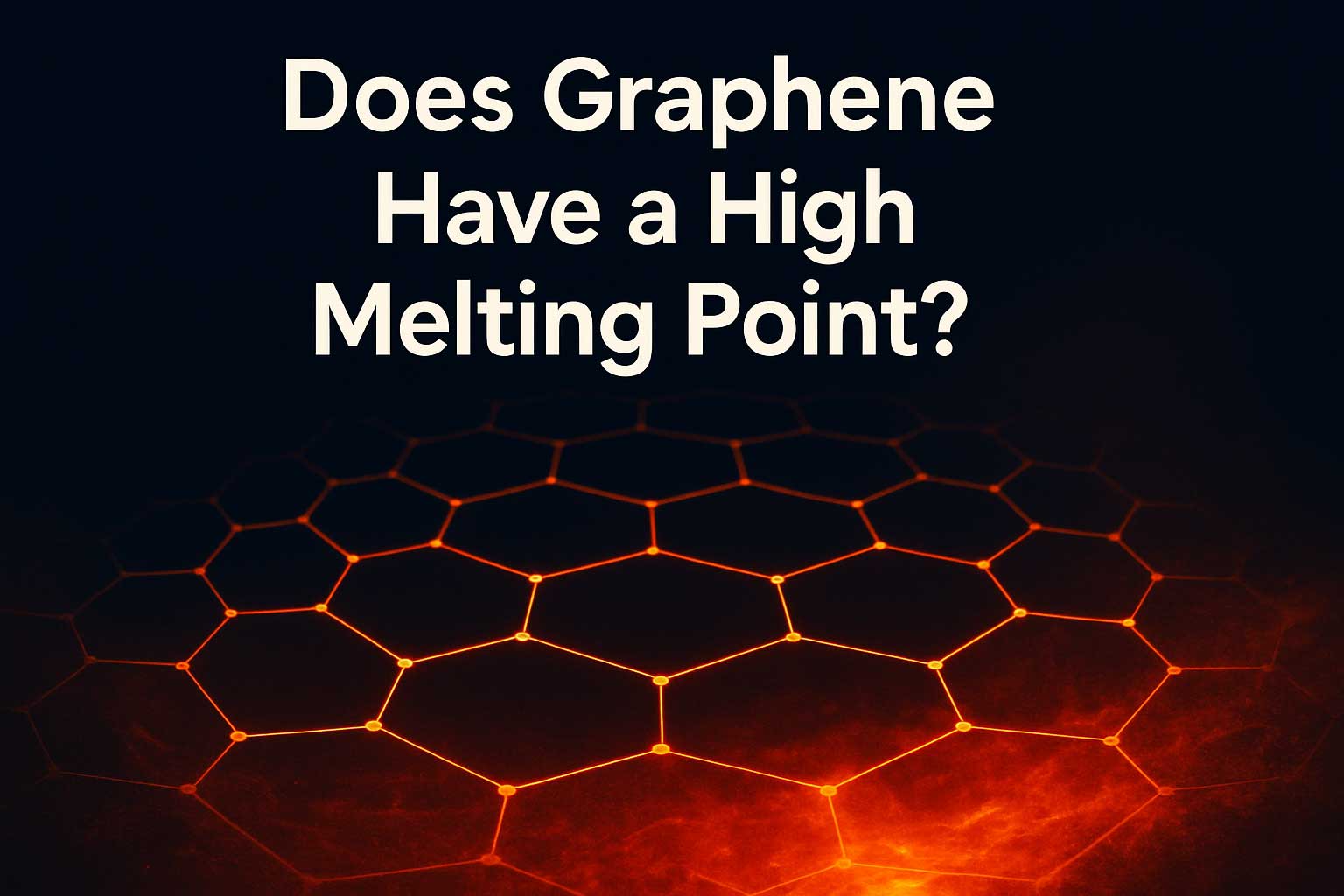Graphene oxide (GO), a derivative of the wonder material graphene, has captured the attention of scientists worldwide due to its unique properties and potential applications. While graphene itself is not inherently magnetic, the introduction of oxygen-containing functional groups during the oxidation process imparts intriguing magnetic behaviors to GO.
The oxygen-containing functional groups, such as hydroxyl, epoxy, and carboxyl, introduce defects and unpaired electrons into the graphene lattice. These unpaired electrons can interact with each other, giving rise to weak magnetic moments. However, it’s important to note that the magnetic properties of GO are significantly weaker compared to traditional magnetic materials like iron or neodymium.
Despite its relatively weak magnetism, GO offers promising opportunities in various fields. One notable application is in magnetic separation. GO can serve as a support material for magnetic nanoparticles, enabling efficient separation and recovery of these nanoparticles from complex solutions. This has implications in environmental remediation, biotechnology, and materials science.
GO can be incorporated into composite materials to create magnetically responsive materials. These materials can be manipulated by external magnetic fields, opening up possibilities in drug delivery, tissue engineering, and sensors. For instance, magnetic GO-based drug carriers can be precisely guided to target specific tissues or cells.
While the inherent magnetism of GO is limited, researchers are actively exploring strategies to enhance its magnetic properties. One approach involves doping GO with magnetic ions like iron or cobalt. These ions can introduce additional magnetic moments, significantly boosting the overall magnetic response of the material.
Another promising technique is the functionalization of GO with magnetic nanoparticles. By attaching magnetic nanoparticles to the surface of GO, hybrid materials with strong magnetic properties can be created. These hybrid materials have potential applications in magnetic data storage, catalysis, and energy storage devices.
Graphene oxide, although not a strong magnet itself, exhibits intriguing magnetic properties due to the presence of oxygen-containing functional groups.
By understanding and harnessing these properties, scientists are paving the way for innovative applications in diverse fields. As research continues to advance, we can expect to see even more exciting developments in the realm of GO-based magnetic materials.





Leave A Comment
You must be logged in to post a comment.